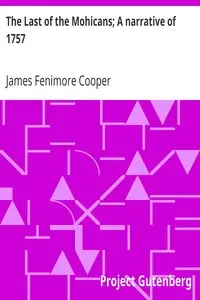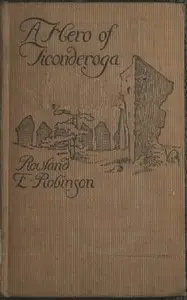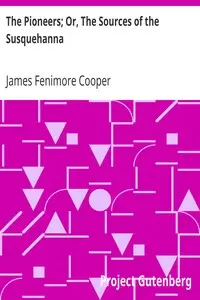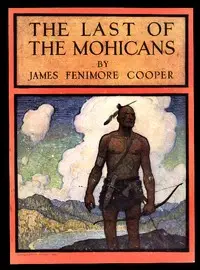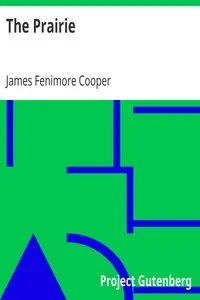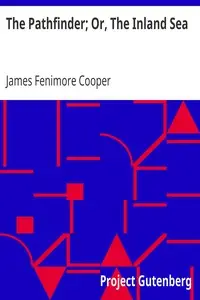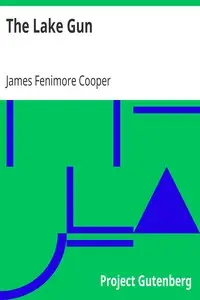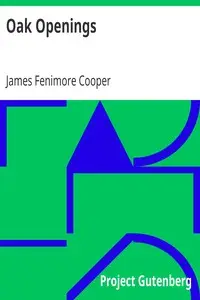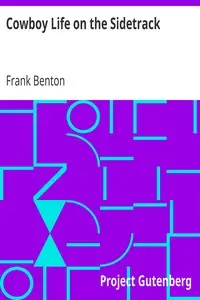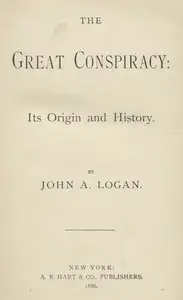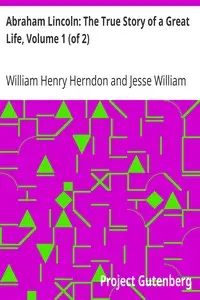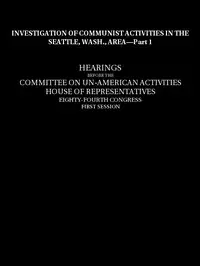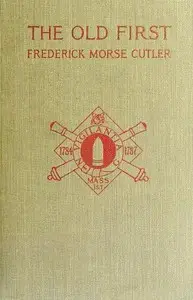"Wyandotté; Or, The Hutted Knoll: A Tale" by James Fenimore Cooper, tells the story of early settlers navigating a world filled with conflict in the 1800's. The book follows the experiences of Captain Willoughby and his family as they try to build a home in the wilderness, facing struggles and difficult relationships between colonizers and Native Americans. The start of the story introduces Captain Willoughby as he gets land to settle on with his family. He is determined to make a safe home for his loved ones. As the story progresses, and with the help of a Tuscarora guide, the family heads out into the wilderness to start their new lives while dealing with the challenges of living on the frontier.
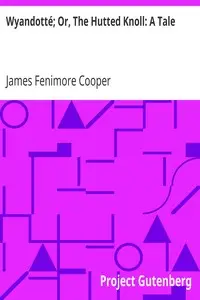
Wyandotté; Or, The Hutted Knoll: A Tale
By James Fenimore Cooper
In the early 1800's, a family journeys into the wilderness to build a home and finds struggle and conflict between Native Americans and colonizers.
Summary
About the AuthorJames Fenimore Cooper was an American writer of the first half of the 19th century, whose historical romances depicting colonial and indigenous characters from the 17th to the 19th centuries brought him fame and fortune. He lived much of his boyhood and his last fifteen years in Cooperstown, New York, which was founded by his father William Cooper on property that he owned. Cooper became a member of the Episcopal Church shortly before his death and contributed generously to it. He attended Yale University for three years, where he was a member of the Linonian Society.
James Fenimore Cooper was an American writer of the first half of the 19th century, whose historical romances depicting colonial and indigenous characters from the 17th to the 19th centuries brought him fame and fortune. He lived much of his boyhood and his last fifteen years in Cooperstown, New York, which was founded by his father William Cooper on property that he owned. Cooper became a member of the Episcopal Church shortly before his death and contributed generously to it. He attended Yale University for three years, where he was a member of the Linonian Society.

